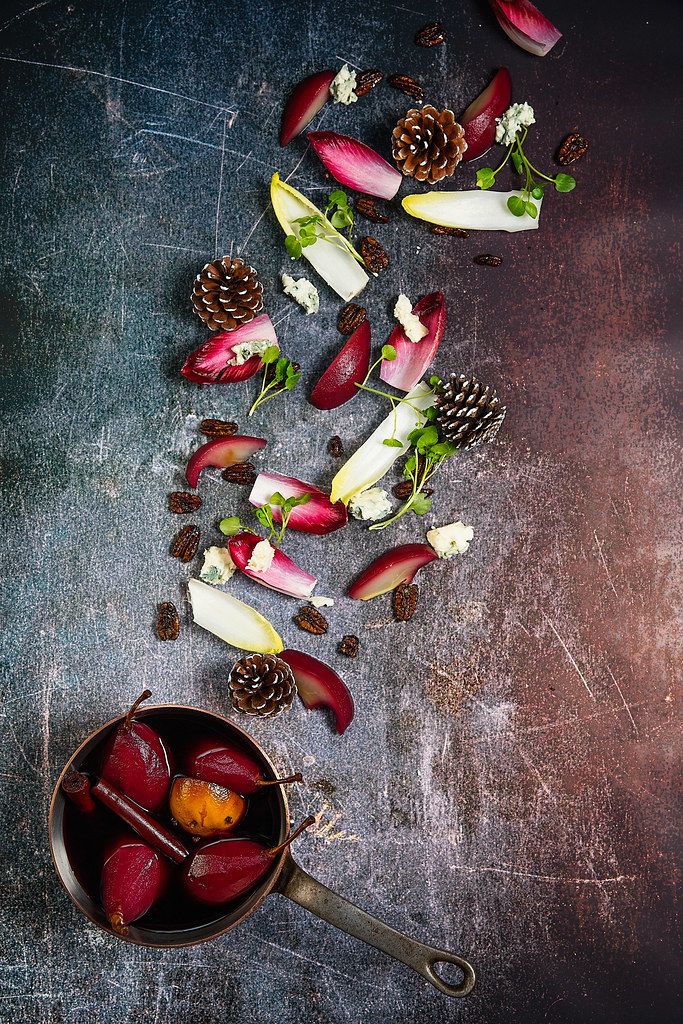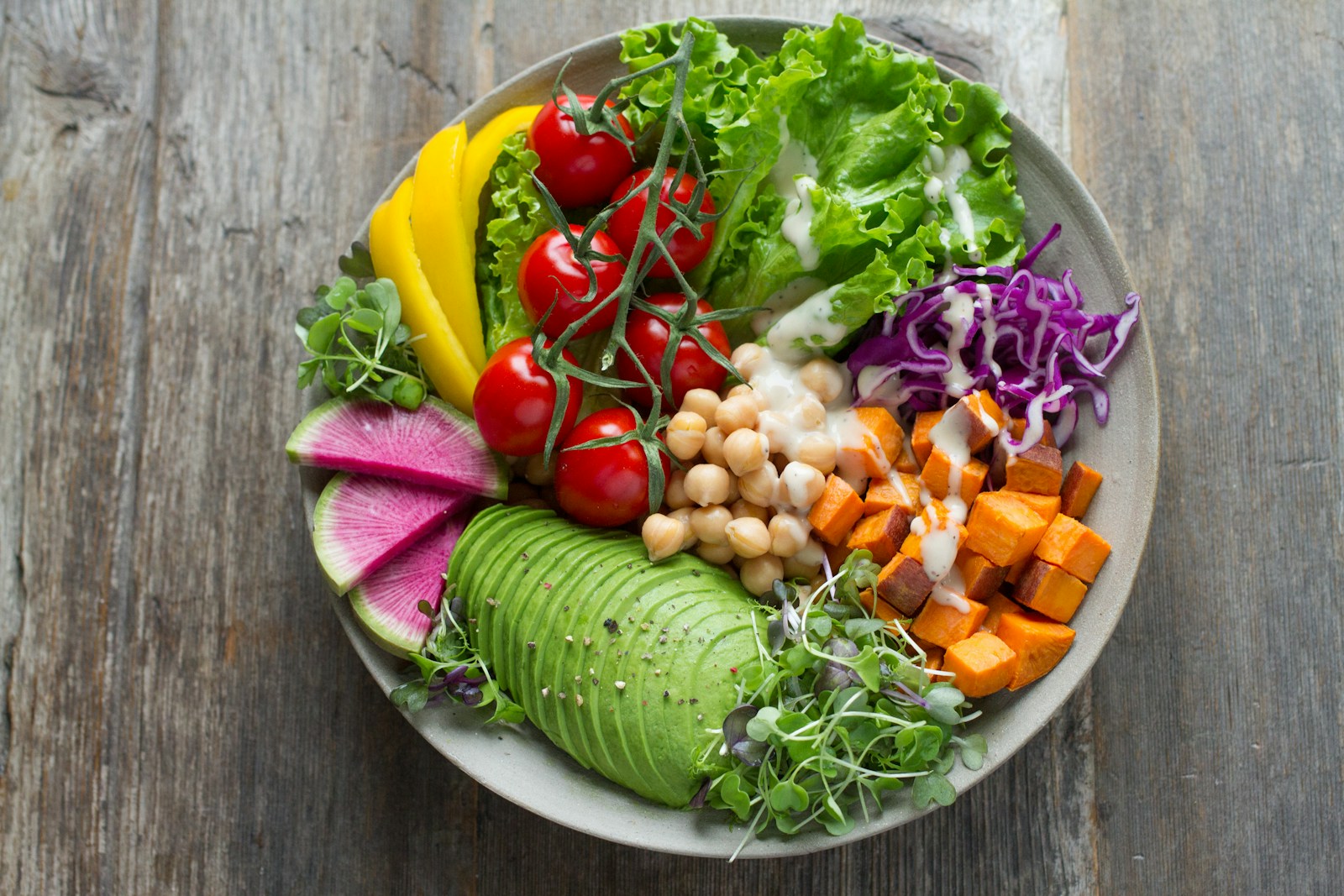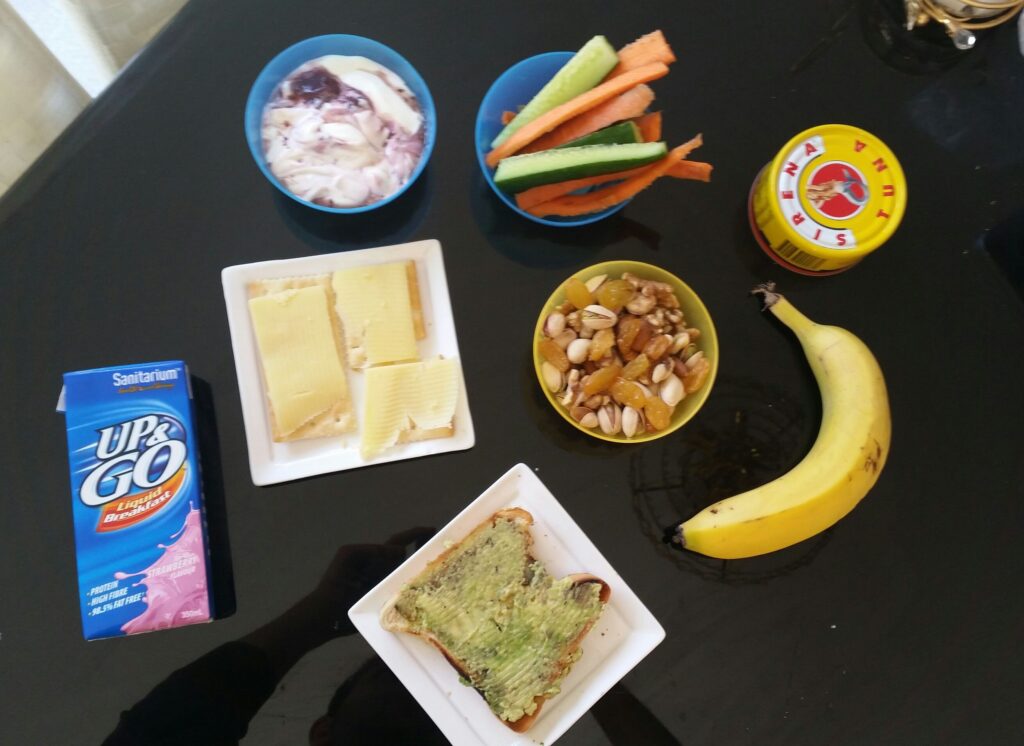
Snacking has cemented its place as a fundamental part of our daily lives across the globe. Recent findings from the International Food Information Council’s 2023 Food & Health Survey indicate that a significant 72% of Americans engage in snacking at least once a day. This pervasive habit is further underscored by a study from Nutrients, a peer-reviewed journal, which revealed that snacks contribute approximately 20% to the average American’s daily calorie intake, highlighting its considerable impact on our dietary patterns.
This widespread reliance on snacks means that the choices we make between meals profoundly influence our overall nutrition. While the nature and level of detail in global snacking recommendations vary considerably, with many countries still lacking easily identifiable official dietary guidelines, the prominence of snacking as a topic is undeniable. Despite this variation and the absence of a consensus definition for what constitutes a snack, the opportunity to harness snacking for better health remains universal.
When approached thoughtfully, snacking transforms from a potential dietary pitfall into a powerful tool for wellness. It can effectively manage blood sugar levels, support healthy weight management, and help meet daily nutritional requirements. By adopting smart, practical strategies, you can ensure that every snack contributes positively to your energy levels, mental clarity, and long-term health, turning casual bites into conscious steps toward optimal nutrition.

1. **Choose Less Processed Snacks**One of the foundational principles for improving your snacking habits is to prioritize less processed options whenever possible. Think of snacking as an ideal chance to infuse your diet with essential nutrients, bridging the gap between meals without loading up on empty calories. By consciously choosing whole or minimally processed foods, you’re giving your body the high-quality fuel it needs to stay energized and focused throughout your day.
The beauty of less processed snacks lies in their inherent nutritional value and simplicity. Instead of reaching for items packed with artificial ingredients, excessive sugars, or unhealthy fats, consider fresh, vibrant fruits like apple slices or bananas. These pair wonderfully with a dollop of peanut butter or almond butter, providing a satisfying blend of healthy fats, protein, and natural sweetness that keeps you feeling full.
Raw vegetables also present excellent minimally processed choices. Baby carrots, crisp celery sticks, sweet snap peas, juicy cherry tomatoes, colorful bell peppers, or refreshing cucumber slices make fantastic dipping partners. Serve them with a side of hummus or tzatziki dip to add fiber, essential vitamins, and a boost of beneficial minerals, making your snack both nutritious and enjoyable.
Dairy options offer another avenue for healthy, minimally processed choices. Low-fat yogurt, protein-rich Greek yogurt, or even Skyr can be elevated into a wholesome snack with a sprinkle of chia seeds, a handful of frozen fruit, or a dash of whole-grain granola. These combinations deliver probiotics for gut health, substantial protein for satiety, and a variety of antioxidants.
For those who crave a satisfying crunch, a simple handful of nuts or seeds is an outstanding option. Almonds, pistachios, macadamia nuts, cashews, pumpkin seeds, or a mixed blend deliver a concentrated dose of protein, fiber, and heart-healthy fats. These nutrient powerhouses are crucial for maintaining sustained energy, supporting brain function, and keeping hunger at bay until your next main meal.
Read more about: The Truth About Cooking Oils: Which Ones Fuel Inflammation and How to Make Healthier Swaps

2. **Make Homemade Snacks**Taking a little time in the kitchen to prepare your own snacks can be a transformative step for your nutritional intake. Crafting snacks from scratch offers unparalleled control over ingredients, allowing you to sidestep the artificial additives, excessive sugars, and unhealthy fats often found in store-bought options. This personalized approach not only guarantees healthier choices but also allows for flavor customization to suit your palate perfectly.
One fantastic homemade option is to assemble your own trail mix. By combining your preferred raw unsalted nuts and seeds—such as almonds, cashews, Brazil nuts, or macadamia nuts—you create a nutrient-dense blend rich in protein, fiber, and antioxidants. This powerful mix can support weight loss, reduce inflammation, and may even lower the risk of heart disease. Adding chopped dates or dark chocolate chips (with a cacao content of 70% or greater) can satisfy a sweet craving more healthily than a candy bar, while also contributing antioxidants that support brain and heart health.
For a quick and refreshing boost, homemade smoothies are incredibly versatile. Blend fresh spinach, a ripe banana, almond milk, and a scoop of protein powder for a nutrient-packed beverage. Or, unleash your creativity and experiment with your own favorite fruit and vegetable combinations. Another delightful creation is homemade granola, like a Hemp and Date Granola, where oats, unsalted nuts, and seeds are mixed with honey, olive oil or avocado oil, and vanilla, then baked until fragrant. The addition of naturally sweet chopped dates makes this a wholesome and delicious option, far superior to many commercial granolas.
Don’t underestimate the simple joy and health benefits of stovetop popcorn. Unlike movie theater versions often drowned in butter and salt, air-popped popcorn, lightly seasoned, offers high satiety, abundant fiber, and a generous dose of antioxidants. You can get creative with seasonings like olive oil, curry powder, or nutritional yeast, turning a classic into a healthy, satisfying treat that is much more nourishing than store-bought varieties.
Beyond savory options, homemade sweet snacks are also easy to achieve with a little creativity. Imagine a “Healthy banana split” crafted with yogurt in place of ice cream, drizzled with honey and sprinkled with cacao nibs. Or, prepare “Homemade yogurt cups” filled with diced, lightly mashed fruit and creamy Greek yogurt. These options leverage the benefits of high-protein yogurt for satiety and gut health, alongside the fiber and antioxidants from fruit, making them excellent diet-friendly choices that also aid in weight management. Even “Snack sized overnight oats” with chia seeds and raisins offer sustained energy, control hunger, prevent blood sugar spikes, and provide numerous digestive benefits, proving that homemade can be both convenient and incredibly nourishing.
Read more about: The Truth About Cooking Oils: Which Ones Fuel Inflammation and How to Make Healthier Swaps
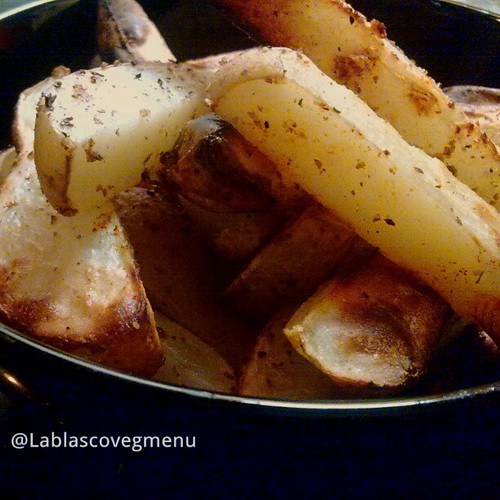
3. **Portion Your Snack or Choose a Snack Pack Size**Mindful portioning is a crucial strategy if you’re aiming for weight loss or simply wish to maintain a healthy weight. The ease of eating directly from large bags or containers can often lead to mindless overconsumption, where an entire package might disappear before you even register how much you’ve eaten. This approach frequently undermines nutritional goals, turning a potentially beneficial snack into an unnecessary calorie surplus that works against your health objectives.
To combat this common pitfall, a highly effective tactic is to pre-portion your snacks. Prepare individual snack bags or containers for yourself, making them readily available in your pantry or fridge. This simple act removes the guesswork and temptation, allowing you to grab a perfectly sized portion when hunger strikes, without the risk of overindulging. This habit makes healthy snacking both convenient and controlled, fostering consistency in your dietary choices.
Understanding the caloric density of your chosen snacks is also key to effective portion control. Foods like air-popped popcorn, fresh vegetables, or fruits are relatively low in calories, meaning you can consume a larger volume for the same caloric intake as having just a few high-fat chips. This allows for a more satisfying experience without exceeding your calorie targets, making them excellent choices when you need a substantial snack.
In contrast, while nutrient-dense options such as nuts, nut butters, and seeds are incredibly healthy, they are also higher in calories due to their fat content. For these items, precise portioning is even more critical to stay within your daily targets and ensure they contribute positively without leading to excess. Global snacking recommendations suggest that a typical snack should constitute about 10% of your daily caloric intake, generally falling within the 150-300 calorie range, depending on individual needs.
Read more about: The Truth About Cooking Oils: Which Ones Fuel Inflammation and How to Make Healthier Swaps
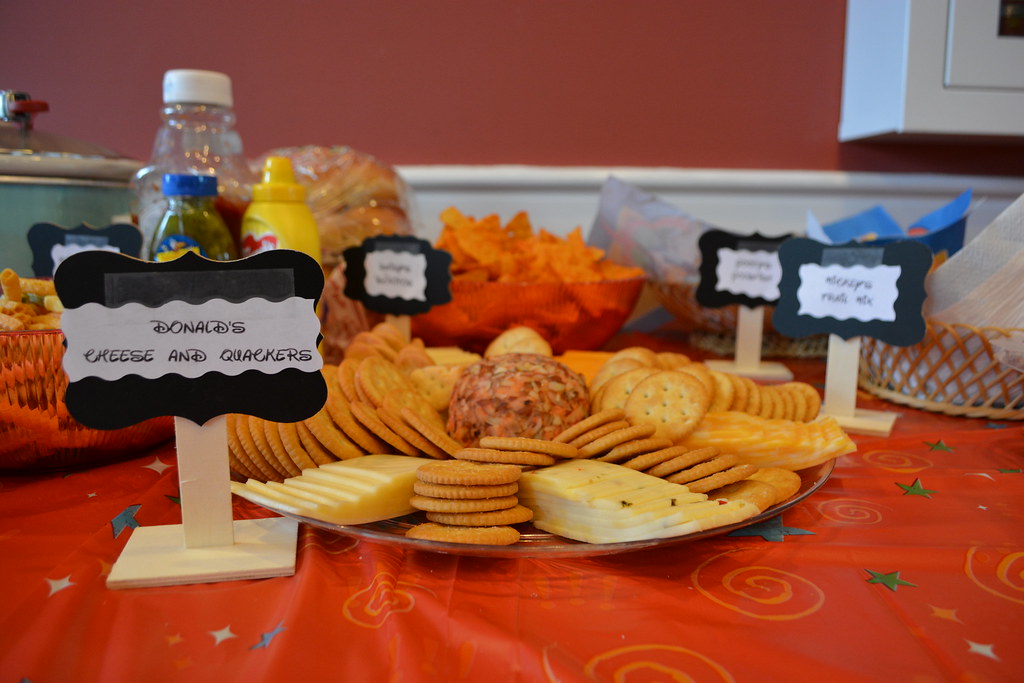
4. **Read the Nutrition Facts Panel and Ingredient Statement**Empowering yourself with the ability to decipher nutrition facts panels and ingredient lists is an indispensable skill for making informed snack choices. This isn’t just about avoiding “bad” foods; it’s about actively selecting snacks that align with your health goals and provide genuine nutritional value. Understanding what’s truly inside your food is a cornerstone of healthy eating and enables you to make deliberate, beneficial decisions for your body.
When scanning a nutrition label, prioritize key indicators of a healthy snack. Look for items that are lower in saturated fat, sodium, and added sugars, which are often found in excessive amounts in highly processed convenience foods. These components can quickly detract from the nutritional quality of a snack and contribute to less favorable dietary patterns, so minimizing them is a smart move.
Simultaneously, aim for snacks that boast higher grams of fiber, protein, and heart-healthy fats. These macronutrients are vital for sustained energy release, promoting satiety to keep you feeling full, and supporting overall physiological well-being. Fiber, for instance, aids in digestion and blood sugar control, while protein and healthy fats are crucial for muscle repair, hormone production, and brain health.
Beyond the numbers, the ingredient statement offers a deeper, more qualitative look into the composition of your snack. A good rule of thumb is to seek out whole food ingredients—names you recognize and can pronounce easily. Minimize items that list numerous artificial ingredients, complex chemical names, or high-fructose corn syrup early in the list, as this indicates a higher proportion of less desirable components. The closer an ingredient is to the beginning of the list, the more of it the product contains.
By adopting this habit, you become a proactive participant in your dietary choices. While dietary guidelines often suggest choosing foods “low” in sugar or salt without always providing specific quantitative benchmarks, your informed understanding of the panel can still guide you effectively. This practice helps distinguish between nutrient-poor, energy-dense options—typically high in saturated fats, sugar, or sodium—and those that are truly nutrient-dense and rich in fiber, fostering a healthier, more intentional approach to snacking.
Read more about: The Cereal Crunch: 12 Breakfast Staples Losing Their Luster as Parents Demand Less Sugar and More Nutrition
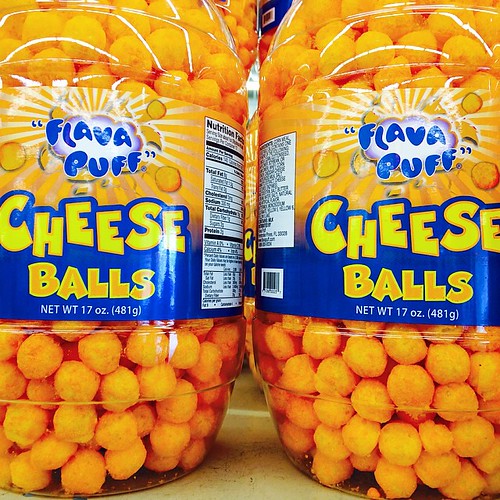
5. **Keep a Healthy Snack in Your Purse or Bag So You’ll Always Be Prepared**Life often gets hectic, and busy days can quickly derail the best intentions for healthy eating. When you’re constantly on the go, away from the convenience of your pantry or fridge, the temptation to grab quick, often unhealthy, options becomes incredibly strong. This is precisely why strategic snack preparation and portability are so vital for maintaining your nutritional goals amidst a demanding schedule.
A simple yet highly effective hack is to always have a nourishing, shelf-stable snack tucked away in your purse, backpack, or car. This proactive step ensures you’re never caught off guard by sudden hunger pangs, preventing impulsive, less healthy choices from vending machines, convenience stores, or fast-food outlets. The key is to select snacks that don’t require refrigeration, making them perfect companions for long hours out and about.
Consider portable options like whole grain crackers or nut and seed crackers, which provide a good source of complex carbohydrates and dietary fiber for sustained energy. High-protein choices such as a quality protein bar (with oatmeal as a first ingredient and less than 5 grams of sugar) or a turkey meat stick can offer excellent sustained energy and satiety, keeping you feeling full and focused between meals.
Plain, air-popped popcorn, seasoned lightly with sea salt rather than butter, is another excellent, fiber-rich choice that travels remarkably well and provides high satiety. For a natural sugar boost and essential vitamins, easily packable fruits like bananas, apples, or oranges are classic, hydrating options. Alternatively, a snack pack of roasted chickpeas or roasted edamame delivers a good dose of plant-based protein and fiber in a convenient, non-perishable format.

6. **Make a List of Your Favorite Healthy Snacks**In the heat of the moment, especially when hunger strikes unexpectedly at a vending machine, gas station, or during a busy workday, it’s easy to default to familiar, often unhealthy, options. To counter this impulse and empower healthier decision-making, a powerful strategy is to cultivate a mental or physical list of your go-to healthy snacks that you know are readily available, even in a pinch.
Becoming familiar with nourishing choices you can consistently find will significantly streamline your decision-making process when faced with limited options. This proactive approach helps bypass the stress of choosing under pressure, allowing you to quickly identify and select snacks that support your nutritional goals without compromise. The more prepared you are with this knowledge, the less likely you are to fall back on less optimal choices.
Start by identifying snacks that meet your personal taste preferences while also aligning with healthy eating principles. Think about readily accessible whole fruits like apples or oranges, small bags of plain, raw unsalted nuts like almonds or cashews, or even specific brands of low-fat yogurt that are consistently good choices. If you frequently encounter situations where only packaged snacks are available, take the time to research and remember the brands that offer healthier versions, such as granola bars with minimal sugar and whole grains.
Drawing from the wealth of healthy snack ideas discussed within global recommendations, you have plenty of inspiration to build your list. From air-popped popcorn and hard-boiled eggs to a small handful of almonds or a piece of dark chocolate with high cacao content, many simple yet effective options exist. By having these choices top of mind, you equip yourself with the knowledge to make smart decisions, transforming potential dietary pitfalls into opportunities for better nutrition and consistent well-being.”
Read more about: Get Ready To Relive Your Childhood: 15 Iconic ’90s Snacks We Desperately Need Back In Our Lives

7. **Pair Nourishing Foods to Stay Full Longer**One of the most effective healthy habits you can adopt is learning how to construct truly balanced meals and snacks. It’s not just about what you eat, but how those foods work together. By combining complex carbohydrates rich in dietary fiber, a good source of protein, and some heart-healthy fats, you create a powerful synergy that benefits your body in multiple ways.
Balanced snacks are your secret weapon for sustained energy and stable blood sugar levels. When you incorporate multiple food groups, you prevent the sharp spikes and crashes that often follow a carb-only snack. This thoughtful approach ensures you stay feeling full and satisfied for much longer, effectively bridging the gap between main meals without leaving you reaching for another bite too soon.
Think about smart combinations like air-popped popcorn, which offers excellent satiety and fiber, paired with a handful of nuts to add protein and healthy fats. Another great example is whole-grain crackers served with a black bean dip, providing a fantastic mix of complex carbs, fiber, and plant-based protein. These pairings are not only delicious but also strategically designed to keep you energized and focused.
For a more robust option, consider a hard-boiled egg or string cheese alongside a piece of fruit or a small bowl of oatmeal. The protein from the egg or cheese combined with the fiber and natural sugars from fruit or oats creates a wholesome, satisfying snack. Even something as simple as low-fat cottage cheese with frozen berries or a rice cake topped with a small amount of cream cheese, cucumber slices, and Everything But the Bagel Seasoning can offer a perfectly balanced, nutritious experience.
Read more about: The Cereal Crunch: 12 Breakfast Staples Losing Their Luster as Parents Demand Less Sugar and More Nutrition

8. **Eat Enough at Your Meals**It sounds incredibly simple, but truly eating enough at your main meals is a foundational strategy for smarter snacking. Ideally, you should be able to comfortably go for three to four hours between eating occasions without experiencing intense hunger. If you find yourself consistently feeling ravenous more frequently than that, it’s a clear signal that your meals might not be providing adequate sustenance.
The solution often lies in adjusting your mealtime portions and ensuring a proper balance of macronutrients. For instance, if you regularly hit an intense hunger wall between breakfast and lunch, consider increasing your protein intake at breakfast. Adding an extra egg, a larger serving of Greek yogurt, or a scoop of protein powder to your morning smoothie can make a significant difference in your satiety and energy levels throughout the morning.
By consciously ensuring your meals are complete and satisfying, you can prevent the need for excessive snacking. This proactive approach helps your body regulate hunger cues more effectively, reducing the likelihood of reaching for unplanned or less nutritious snacks out of sheer desperation. It’s about fueling your body intelligently from the start of your day, setting a positive tone for all your eating habits.
Read more about: Remember the ’00s? These 9 Fast Food Icons Defined Value and the Legendary Late-Night Run!

9. **Be Mindful of Why You’re Snacking**Before you reach for that next snack, take a moment for a quick internal check-in. This simple act of pausing and asking yourself, “Am I truly hungry?” can be a surprisingly powerful tool in managing your snacking habits. Often, the urge to snack stems from reasons other than genuine physical hunger, and identifying these triggers is the first step toward healthier choices.
Perhaps you’re feeling bored, stressed, or simply reaching for food out of habit rather than need. In these moments, instead of instinctively grabbing a bite, try taking a few deep breaths, stepping away from your desk, or having a glass of water or a calming cup of tea. Allowing the moment of non-hunger-driven craving to pass can help you differentiate between true hunger and emotional or habitual eating.
This mindful approach transforms snacking from an automatic action into a conscious decision. When you are genuinely hungry, you absolutely should eat a nutritious snack that provides good fuel. However, by understanding the ‘why’ behind your urges, you empower yourself to make intentional choices that support your overall well-being, fostering a more harmonious relationship with food.
Read more about: Elizabeth Hurley at 60: Unlocking Her Age-Defying Wellness Secrets, From Mindful Habits to Radiant Confidence
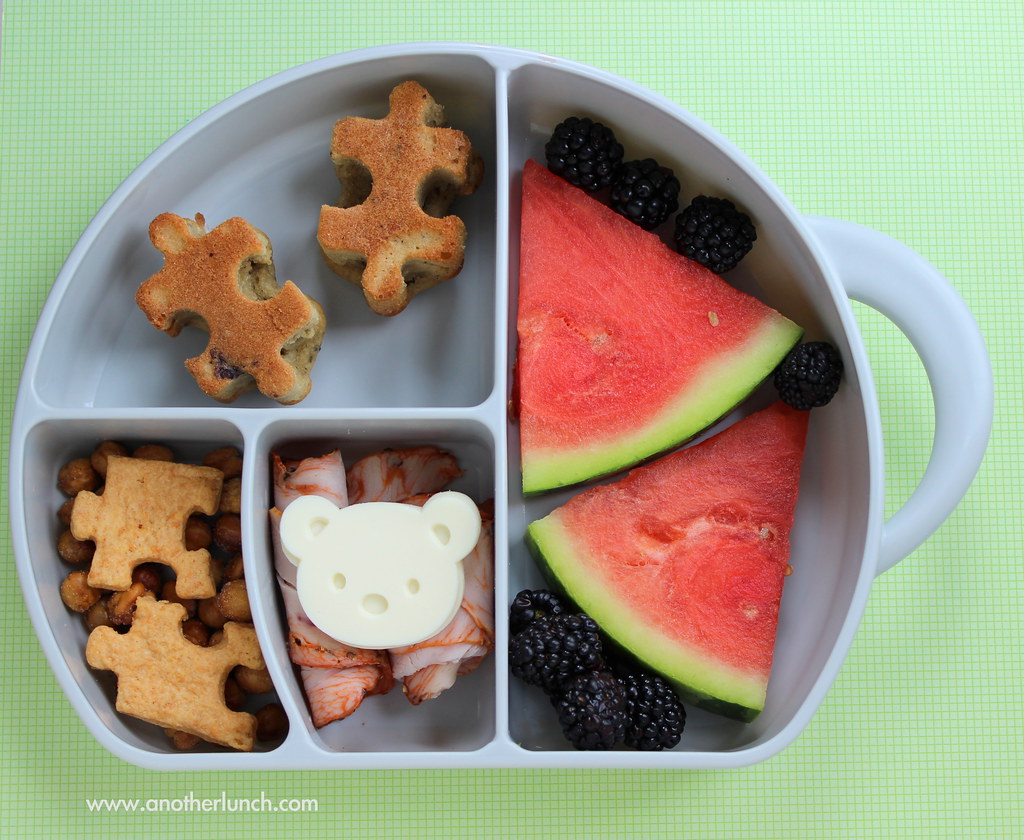
10. **Don’t Let Yourself Get to a 10 on the Hunger Scale**Listening to your body’s subtle cues is paramount when it comes to healthy eating. If you find yourself thinking about food, it’s a strong indication that your body is signalling hunger. Don’t fall into the trap of waiting until you reach an extreme level of hunger, often described as a ’10’ on the hunger scale, before you allow yourself to eat.
Trying to tough it out when genuinely hungry can often backfire, leading to what’s known as reactive eating. When you finally do eat after prolonged deprivation, you’re much more likely to overeat, consume larger portions, and even choose less healthy options simply because your body is in an urgent search for calories. This can ultimately undermine weight management goals and lead to feelings of guilt or regret.
Instead, embrace the idea of having a light, nutritious snack when hunger first strikes, even if it’s before your designated snack time. This proactive approach helps you maintain steady energy levels, prevents you from becoming overly hungry, and allows you to make more thoughtful food choices. By responding to your body’s signals with appropriate nourishment, you foster a healthier, more consistent eating pattern.
Read more about: The Timeless Call of the Open Road: 15 Iconic American Drives Perfect for Your Classic Car
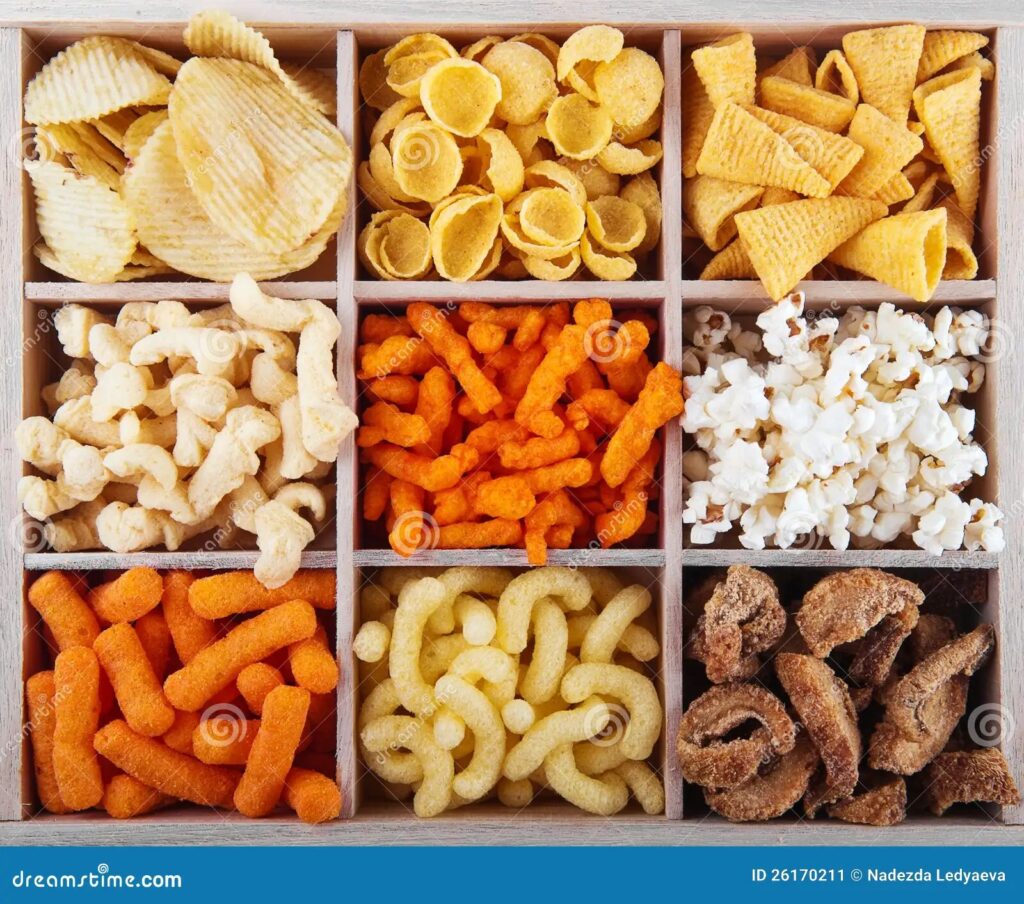
11. **Don’t Always Fight Cravings**We all experience cravings, whether for something delightfully sweet or satisfyingly salty, and endlessly fighting them can often be a losing battle. Depriving yourself entirely of foods you truly desire can sometimes lead to an intense build-up, eventually resulting in overindulgence. It’s a common scenario: you try to be “good” all week, only to find yourself consuming an entire package of something you’d been avoiding.
Instead of complete denial, a more sustainable approach is to allow yourself an occasional treat in a small, mindful portion. If you’re craving a piece of dark chocolate, enjoy a few squares with high cacao content. If a small serving of chips is what you truly desire, have it, rather than trying to fill that specific craving with a large bowl of plain popcorn that doesn’t quite hit the mark.
This strategy is about enjoying the food you are eating, without guilt, and then moving on with your day. By granting yourself these small, satisfying treats, you can prevent the feelings of deprivation that often lead to overeating. You might even discover that as you consistently make nourishing food choices and feel great, your intense cravings for less healthy options naturally diminish over time.
Read more about: Unlocking Your Mornings: 14 Routines to Ditch for Sustainable Energy and Burnout-Proof Days
12. **Stay Hydrated**It’s a surprisingly common phenomenon: your body sends signals that you interpret as hunger, when in fact, you’re simply thirsty. This misinterpretation can lead to unnecessary snacking and an increase in calorie intake. That’s why prioritizing hydration throughout your day is such a simple yet powerful strategy for better nutrition and managing your snacking habits.
Make a conscious effort to drink plenty of water consistently, aiming for it to be your primary beverage choice. Actively replace sugary drinks like fruit juice, soft drinks, or energy drinks, which contribute empty calories, with water or unsweetened tea. Staying well-hydrated helps your body perform optimally and can effectively curb those mistaken hunger pangs, preventing you from reaching for food when a glass of water is all you truly need.
If plain water isn’t always appealing, there are plenty of ways to make it more enjoyable. Try infusing it with slices of cucumber, lemon, or berries for a refreshing twist. Keeping a water bottle close at hand throughout the day serves as a constant reminder to sip, ensuring you stay adequately hydrated and are less likely to fall prey to phantom hunger.
Read more about: Master Your Commute: 12 Life-Changing Strategies to Slash Stress and Boost Your Well-being Every Day
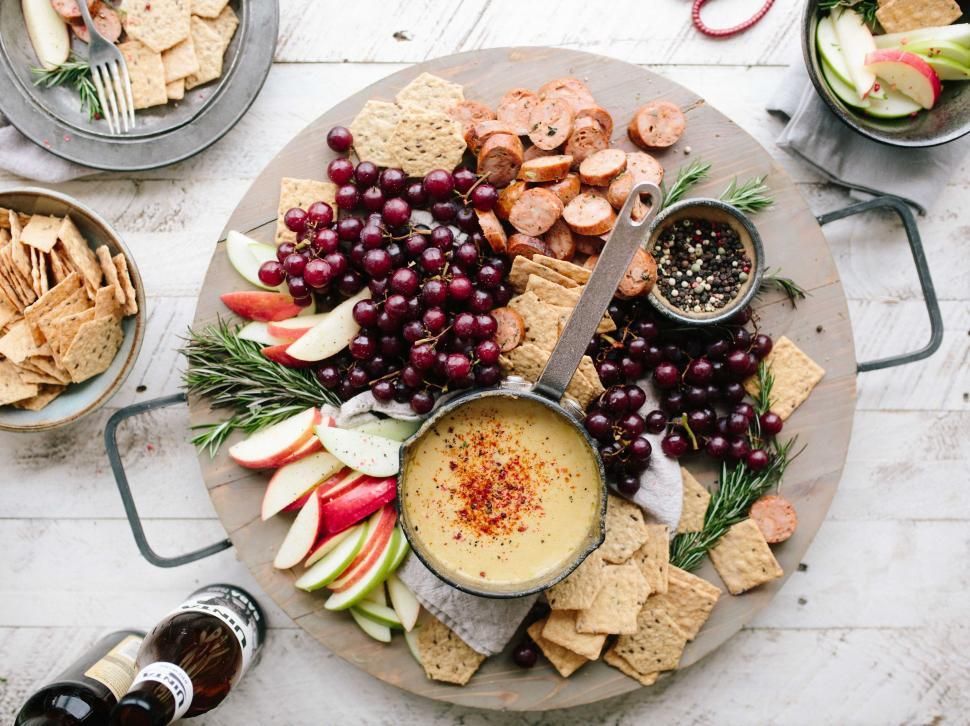
13. **Don’t Keep Unhealthy Snacks in the House (or Keep Them Out of View)**Creating an environment that supports your healthy eating goals is one of the most impactful changes you can make. When you’re hungry, bored, or simply moving through your day, the path of least resistance often dictates your choices. If less nourishing snacks are easily accessible and visible, you are significantly more likely to grab them, even if you have the best intentions.
An incredibly effective strategy is to proactively manage what’s in your pantry and fridge. Make a conscious effort to keep nourishing, healthy snacks front and center, where they are the first things you see. Think about placing a bowl of fresh fruit on the counter, having pre-portioned nuts or veggies ready in the fridge, or stocking your pantry with whole-grain crackers that are within easy reach.
Conversely, either don’t buy the tempting, less healthy foods that aren’t part of your nutritional goals, or at the very least, keep them tucked away out of sight. Out of sight, out of mind truly works here. By minimizing the visual cues and easy access to empty-calorie options, you remove a major hurdle to consistent healthy snacking, making it much easier to stick to your dietary commitments.
Happy Snacking!
As we’ve explored, snacking isn’t just about curbing hunger; it’s a powerful opportunity to infuse your diet with vital nutrients and enhance your overall well-being. From prioritizing whole foods and making your own delicious creations to practicing mindful eating and strategically managing your environment, these simple hacks are designed to transform your between-meal bites into purposeful steps toward optimal health. Remember, each snack is a chance to nourish your body and mind, so embrace these strategies and snack your way to a healthier, more vibrant you!



